1.0.0 • Published 5 years ago
hexagon-geo v1.0.0
hexagon-geo
This is a 3D hexagon plane generator. You may input the size, segment, rotation and texture fitting strategy.
It will finally generate a set of vertices (3D coord), with origin at [0,0,0].
Installation
npm install hexagon-geo --saveUsage
Basic
We use three.js as the 3D rendering library for this example.
import hexagonGeoGenerator from 'hexagon-geo';
const HEX_SIZE = 10;
const HEX_SEGMENT = 3;
export default class HexagonGeo extends THREE.BufferGeometry {
constructor(){
super();
let {vertices, indices, uvs, invertedIndices, normals} = hexagonGeoGenerator(HEX_SIZE, HEX_SEGMENT);
this.setAttribute('position', new THREE.BufferAttribute(new Float32Array(vertices), 3));
this.setAttribute('normal', new THREE.BufferAttribute(new Float32Array(normals), 3));
this.setAttribute('uv', new THREE.BufferAttribute(new Float32Array(uvs), 2));
this.setIndex(indices);
}
}Segment = 3
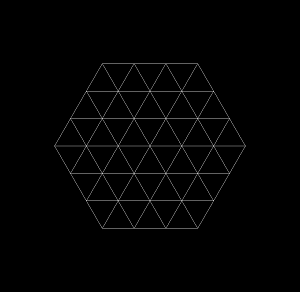
Segment = 10

Rotation
You may rotate the hexagon to get vertical hexagon or whatever you want.
hexagonGeoGenerator(HEX_SIZE, HEX_SEGMENT, Math.PI/4);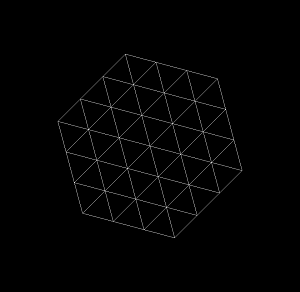
Texture Fitting Strategy
There are three strategy for texture fitting (UVs).
Texture (512 x 512)
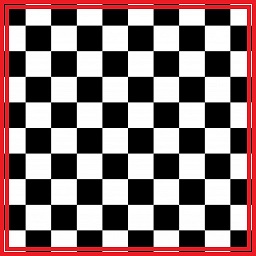
hexagonGeoGenerator(HEX_SIZE, HEX_SEGMENT, 0, "COVER"); // Default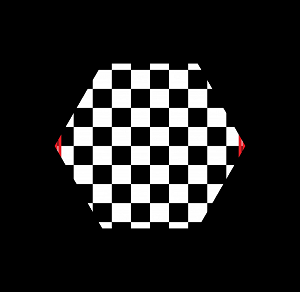
hexagonGeoGenerator(HEX_SIZE, HEX_SEGMENT, 0, "CONTAIN");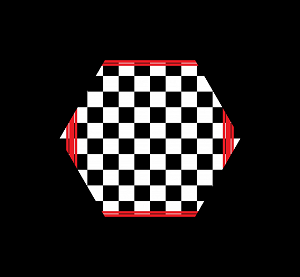
hexagonGeoGenerator(HEX_SIZE, HEX_SEGMENT, 0, "FILL");
Texture with rotation
You may figure out that the texture won't follow the rotation, as we rotate the hexagon before calculate the UVs. If you wish to achieve other effect, you may rotate it afterward as the Advance Usage.
hexagonGeoGenerator(HEX_SIZE, HEX_SEGMENT, Math.PI/4);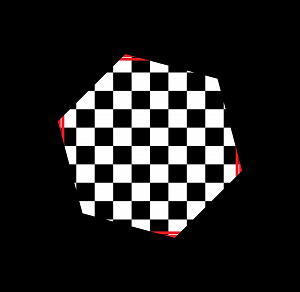
API
hexagonGeoGenerator ( size, segment, rotateAngle, textureFit )
Param Type Description Default size number Edge length of the hexagon 10 segment integer The level of subdivision 1 rotateAngle number Rotation 0 textureFit string Texture fitting strategy, COVER,CONTAINorFILLonlyCOVER
| Returns | Type | Description |
|---|---|---|
| vertices | number[] | The 3D coord of vertices |
| indices | integer[] | The index of front faces |
| invertIndices | integer[] | The index of back faces |
| normals | number[] | Normals |
| uvs | number[] | UVs for texture mapping |
rotateAll ( vertices, angle )
Param Type Description vertices number[] The 3D coord of vertices, which will be manipulated angle number Rotation angle in radian computeUV ( vertices, textureFit ) : UVs
Param Type Description vertices number[] The 3D coord of vertices textureFit string Texture fitting strategy, COVER,CONTAINorFILLonlycomputeInvertedIndices ( indices ) : invertedIndices
Param Type Description indices number[] The indexing of vertices for faces
Advance Usage
Texture with rotation
You may rotate the hexagon to achieve other texture pattern.
import hexagonGeoGenerator, {rotateAll} from './node_modules/hexagon-geo/index.js';
...
let {vertices, indices, uvs, normals} = hexagonGeoGenerator(HEX_SIZE, HEX_SEGMENT, -Math.PI/7);
rotateAll(vertices, Math.PI/7);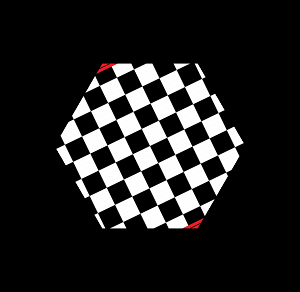
2D Rendering
Although it designed for 3D plane, it also can be used for 2D.
const OFFSET = [150,150];
let {vertices, indices} = hexagonGeoGenerator(120, 3);
for (let i=0; i<indices.length; i+=3){
let points = [indices[i], indices[i+1], indices[i+2]]; // 3 point for a triangle
points = points.map( pointIndex => [
vertices[pointIndex*3] + OFFSET[0], // x
vertices[pointIndex*3+1] + OFFSET[1] // y
]);
ctx.moveTo(...points[0]);
ctx.beginPath();
points.forEach(point => ctx.lineTo(...point))
ctx.closePath();
ctx.fillStyle = i%6===0? '#fff' : '#000';
ctx.fill();
}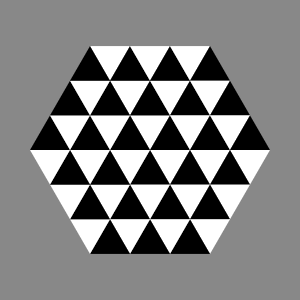
License
- MIT License
1.0.0
5 years ago